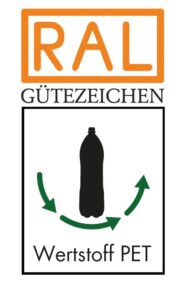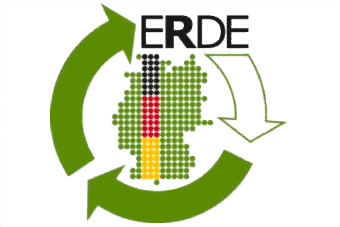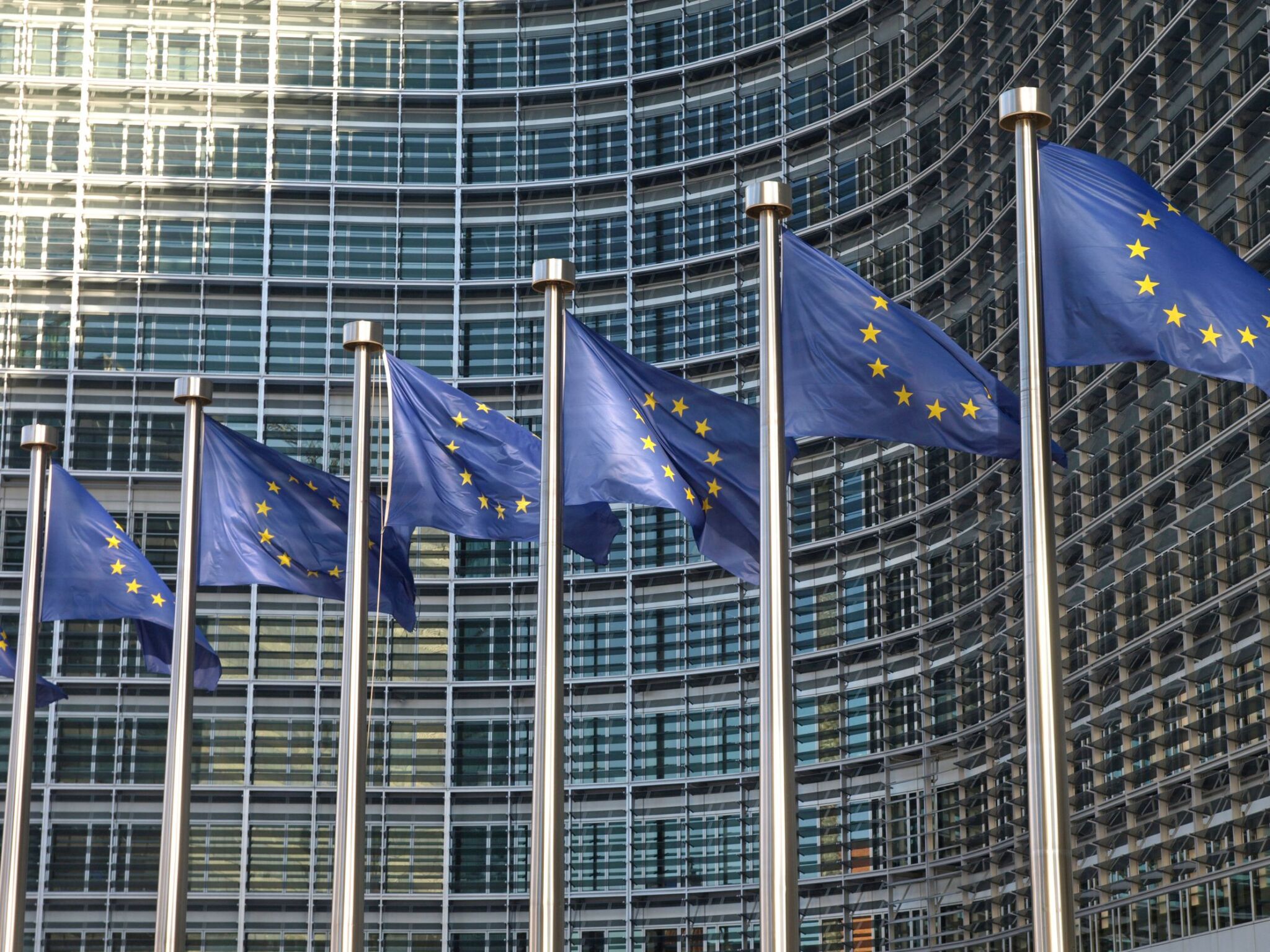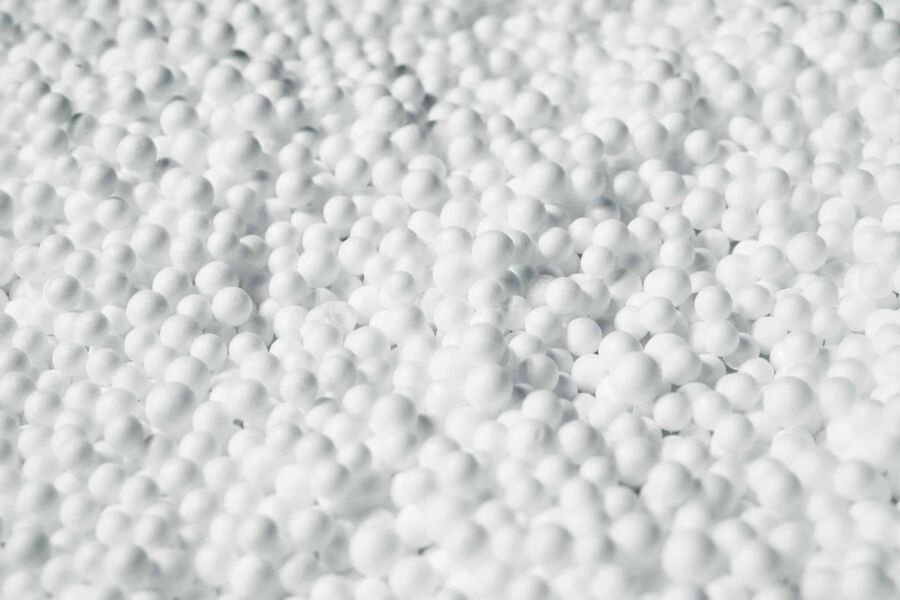PET beverage bottles already meet the key requirements in the current debate on plastic recycling. Germany’s firmly established recycling system from manufacturing to recycling PET bottles has played a decisive role, placing the German PET market ahead of the EU plastic strategy just published. This eliminates the issue of export restrictions applicable to plastic waste via China in PET bottle disposal.

Dr. Isabell Schmidt
Photos of PET bottles floating around the oceans have coloured our perception of what’s actually happening in Germany regarding PET bottles according to Dr. Isabell Schmidt, consultant for Environment and Sustainability at the IK Industrievereinigung Kunststoffverpackungen, the German Association for Plastics Packaging and Films, and responsible for the PET forum: “PET beverage bottle recycling in Germany is a perfect example of efficient recycling management.”
98 percent of disposable PET bottles are recycled
Almost ninety-nine percent of mandatory PET deposit bottles are collected for recycling in Germany according to the latest study, Aufkommen und Wiederverwertung von PET-Getränkeverpackungen in Deutschland (PET beverage packaging volume and recycling in Germany) published in 2016 by the German Society for Packaging Market Research (GVM); 93.5% of disposable and reusable bottles collected are recycled – and up to 98% for disposable deposit bottles. “The disposal bottle deposit in Germany has secured these high quotas,” according to Schmidt. This has proven to be a successful strategy in the fifteen years after its introduction.
latest study, Aufkommen und Wiederverwertung von PET-Getränkeverpackungen in Deutschland (PET beverage packaging volume and recycling in Germany) published in 2016 by the German Society for Packaging Market Research (GVM); 93.5% of disposable and reusable bottles collected are recycled – and up to 98% for disposable deposit bottles. “The disposal bottle deposit in Germany has secured these high quotas,” according to Schmidt. This has proven to be a successful strategy in the fifteen years after its introduction.
Recycling takes priority with PET – 34% of the recycled material is processed into new PET bottles according to the GVM study. Other users include the film industry (27%), textile fibre manufacturers (23%) and other applications such as tape and cleaning agent container production (16%). Eighty percent is recycled within Germany, and the rest is mostly exported to destinations near Germany’s borders. PET material exports to China have seen a steady decrease, so restrictions on plastic waste exports from Germany to China only apply to a limited extent in the German PET industry.
Extensive recycling capacity already available
More to the point, separate waste collection has kept the European recycling industry growing in recent years, especially with regard to the recycling capacity available for PET. “PET is a high-demand recycled material,” says Schmidt. Further investment in developing the sorting and recycling infrastructure – a key requirement in the new EU-plastic strategy – had already been in the works by the time the German Packaging Act was passed at federal level in 2017. PET packaging from the recycling bag or bin should see even more recycling as a result.
 The German PET industry has been practising cooperation along the entire value-added chain for years as now required by the EU Plastics Strategy. Founded in 2014, the RAL quality-control association for PET beverage packaging has seen manufacturers, bottlers and recyclers working together on closed recycling loops. The industry promotes processing recycled PET into new beverage bottles – “Bottle-to-bottle recycling is one of the most important topics in sustainable use of recycled PET,” according to Schmidt. The quality-control association is mainly committed to increasing the amounts of recycled materials used in new packaging.
The German PET industry has been practising cooperation along the entire value-added chain for years as now required by the EU Plastics Strategy. Founded in 2014, the RAL quality-control association for PET beverage packaging has seen manufacturers, bottlers and recyclers working together on closed recycling loops. The industry promotes processing recycled PET into new beverage bottles – “Bottle-to-bottle recycling is one of the most important topics in sustainable use of recycled PET,” according to Schmidt. The quality-control association is mainly committed to increasing the amounts of recycled materials used in new packaging.



